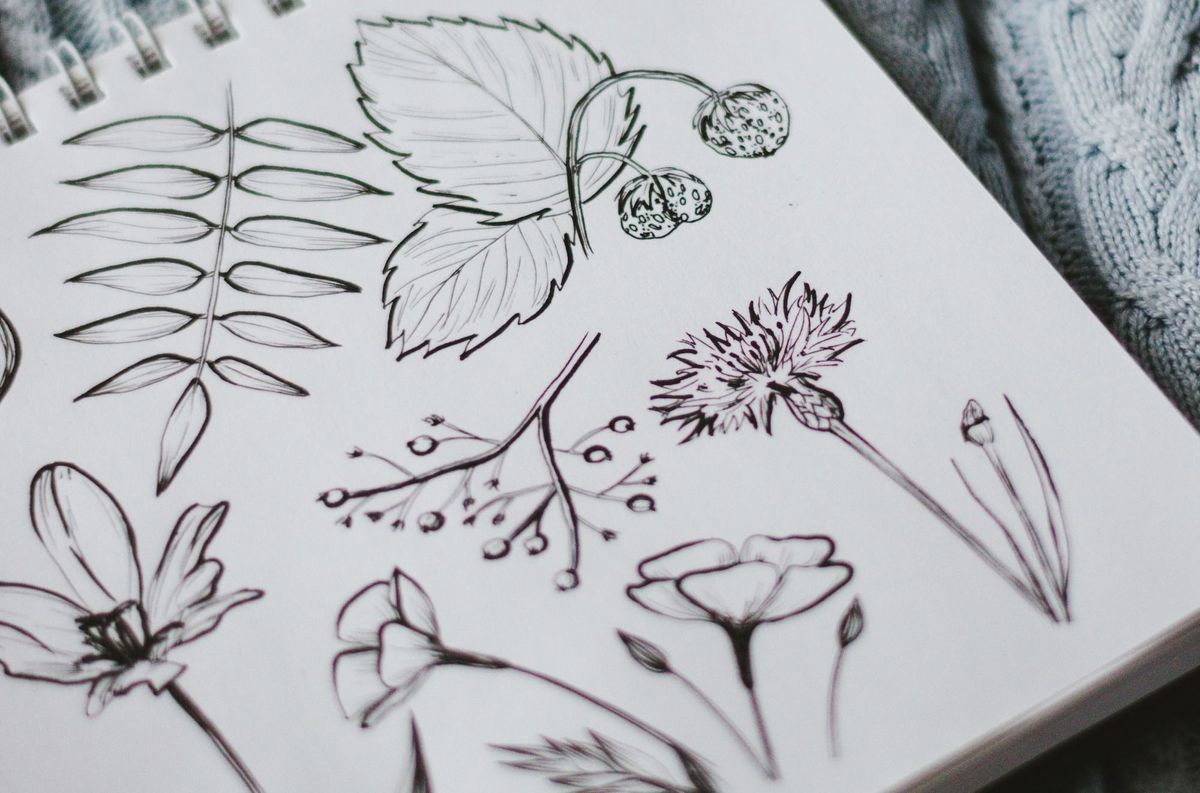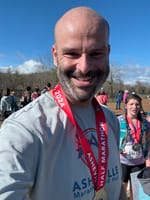I tell students at the beginning of the school year that science is a descriptive discipline. The goal of a scientist is to see phenomena and attempt to accurately convey what we observe. There is a tremendous amount of beauty in the world that we rarely see because we think it is commonplace and so seldom notice.
In order to accurately convey what we observe, we need to learn how to look at things. This is a bit trickier than it sounds. The challenge with looking is that when we look at something we think that we see all of the important information right off the bat.
Approximately 50% or more of our brain is devoted to interpreting visual information. Research also indicates that our brain can detect meaning from visual images in about 13 milliseconds. The phrase “a picture is worth a thousand words” is accurate precisely because the human brain is amazing in terms of capturing and interpreting visual information.
This is particularly the case with students who have trained their brain to focus on visual cues by scrolling through hundreds of images a day.
But the interesting details of life only appear to us when we spend a long time consciously looking at something. This is why you can look at something a hundred times and still capture new details - your brain filters so much information until you devote significant time to looking at something.
One of my main goals as a science teacher is to open students up to seeing all of those beautiful and interesting details. I do that by having students draw things and clearly write what they observe. Drawing something requires students to look at something far longer than they are accustomed. Writing what they see forces them to consciously acknowledge it. I explain to students that just as every single human is unique, so is every coin, plant and salt crystal.

The phrase “a picture is worth a thousand words” is accurate precisely because the human brain is amazing in terms of capturing and interpreting visual information.
Their job is to capture and share those details that aren't easily seen as best they can.
Many students at first dislike this activity. I’ve been told throughout my years teaching:
- "I can’t do this – I have astigmatism"
- "This is impossible for me – I'm not a kinesthetic learner"
- "This is exacerbating my anxiety!"
And my favorite quote so far:
"This isn’t fair – you’re discriminating against the untalented!"
I always tell the students “Just do your best”. The students who have decided they are not good artists grumble about it but as they get used to drawing, they start to notice changes. Among the things I have heard students tell me after drawing for a few months:
I never thought I could spend 20 minutes focusing on anything, let alone on candles!

I thought with my dysgraphia I would never be able to do something this clear!

Why did I hate art!?
We understand things more clearly and we retain information longer when we attempt to draw it. This is why I am a firm proponent of drawing as one of the most important tools for learning.
Drawing works to improve learning for almost any subject. Drawing a sketch that captures the important historic events will help a student remember more than memorizing a hundred dates. Drawing a cell will help a student learn more than reading a dozen pages about the cell. math, can become clearer when you draw a useful explanation.

For my own learning I find that when I draw I retain significantly more information. Because it takes time for me to draw something my brain is spending significantly more time thinking about whatever I am focused on. As a result, I increase my intuitive leaps; my brain makes more connections the longer I spend looking at something.
I'm not an expert in the neuroscience of this but I recently read that drawing offers multiple neural pathways for retaining information:
- The visual pathway as you look at the image that you draw
- The linguistic pathway as you look at the words
- The kinesthetic pathway as your hand moves
There are some people in this who have figured out how to memorize and retain large amounts of abstract data. That is wonderful. But I believe that many people, who struggle with understanding and retaining abstract information, should try and find opportunities to draw the information they need to know in order to retain it. Many people have told themselves that they are dumb or not able to understand a concept when in reality they have not presented themselves with the information in a way that their brains can value and comprehend.
Getting Started
For anyone interested in trying to draw but find the idea intimidating I recommend a few simple things to start:
1. Look at the object not at your drawing. This process, known as blind contour drawing, will help increase your observational ability. Your inner critic will stop you if you give it the opportunity to judge your work. This is why kids can derive such tremendous joy from drawing - they haven't started judging themselves yet.

2. Seek out geometric shapes of the big picture. Every image can be broken down into fundamental geometric shapes. When we see that big picture, it becomes a lot easier to draw something.

3. Draw the outline and don’t focus on the details – people often try and draw the little details perfectly instead of trying to get the gist of the image. It’s like trying to write a perfect sentence when you don’t know what you are writing about yet – it won’t work because the details only make sense in the context of the whole picture.
4. If “drawing” is too intimidating, feel free to “doodle”. Becoming a good artist is not the goal; using our natural visual gifts to clearly see and understand reality is the goal.
If you discover new insights after drawing something then, by definition, you’re an artist! Drawing was far and away the best discovery I made in my late 30s – it has helped me tremendously and it can enrich you no matter when you start.
If you found this essay to be of value please subscribe and share these articles with anyone you think might benefit. It will help me tremendously!


Member discussion: